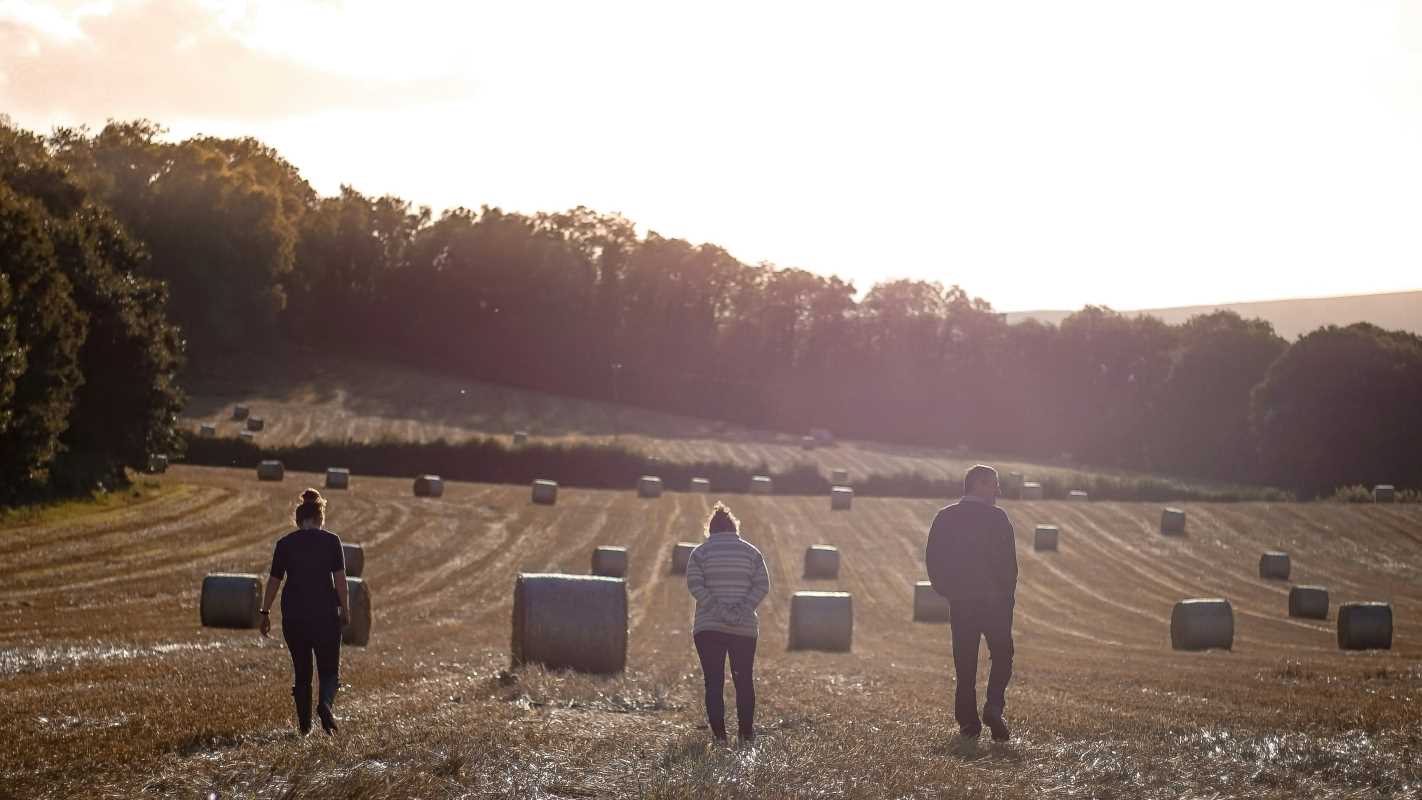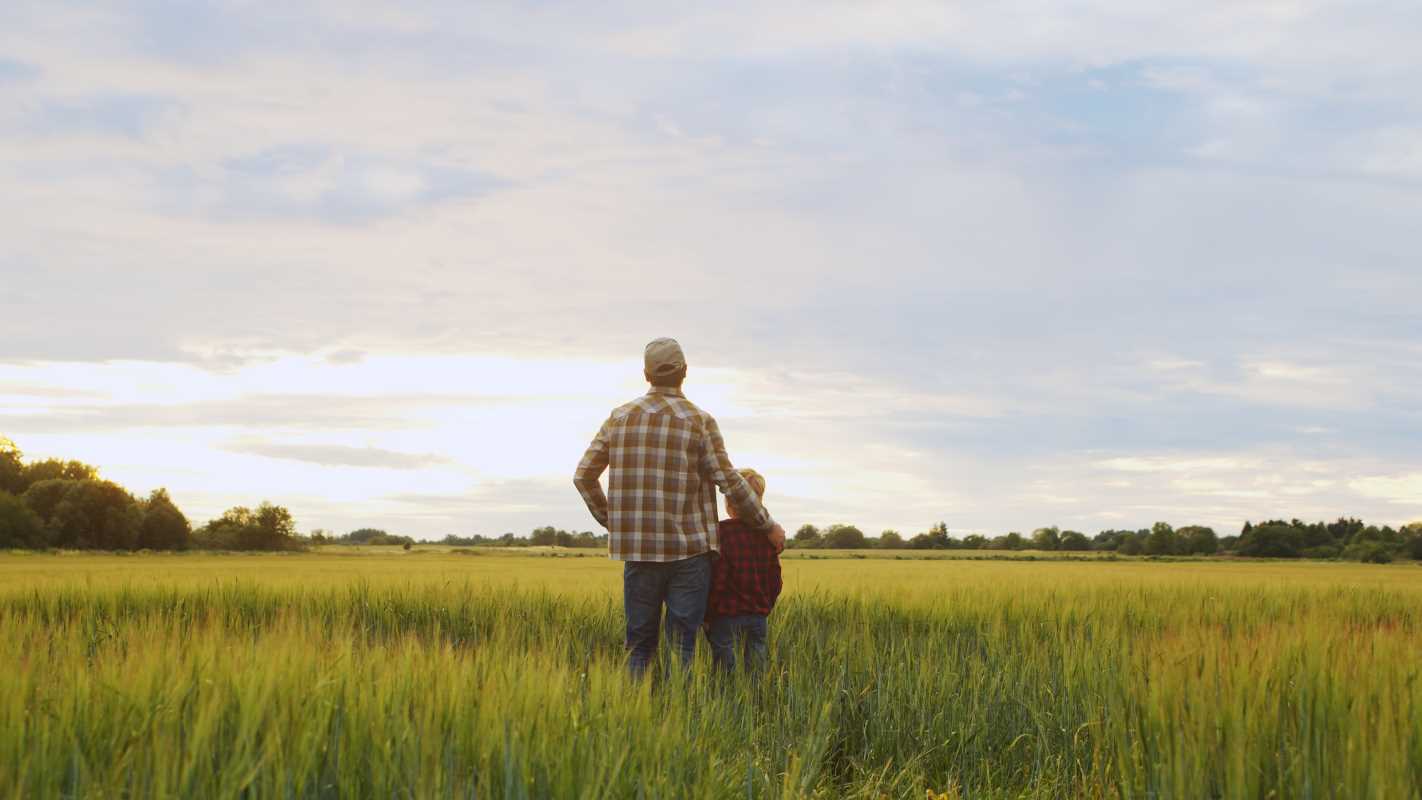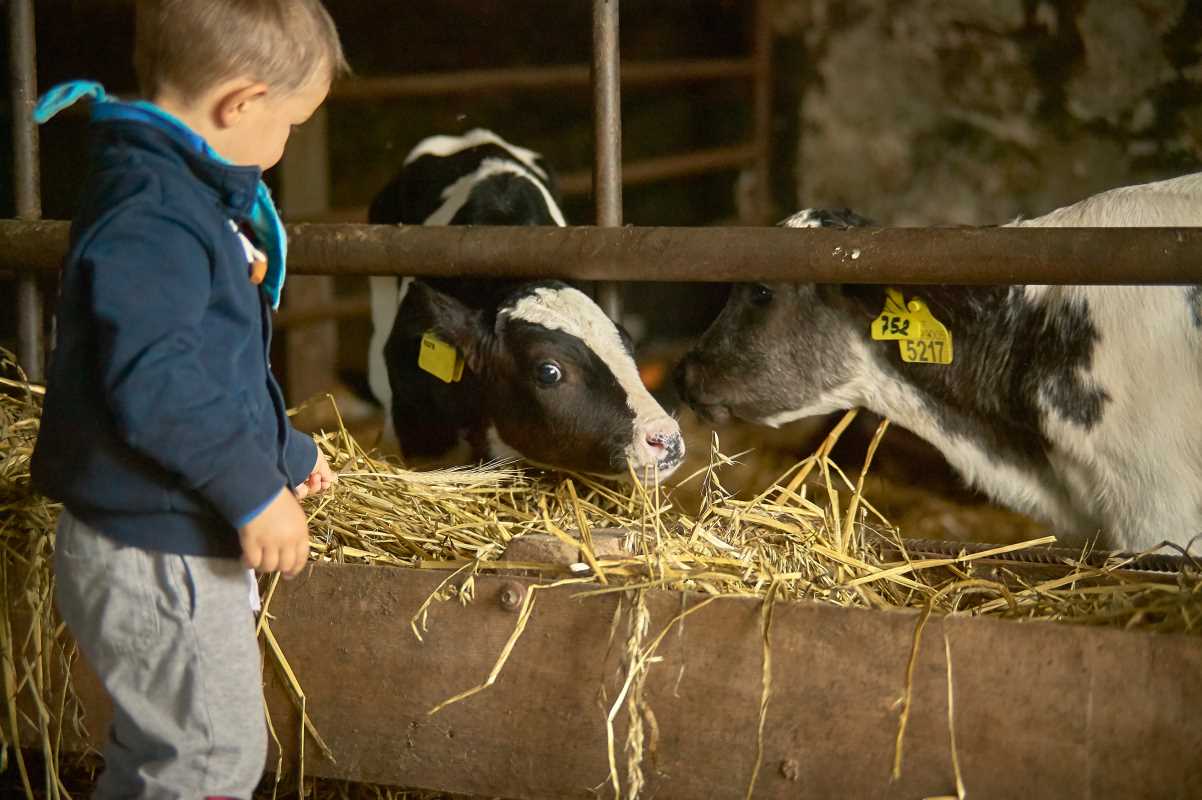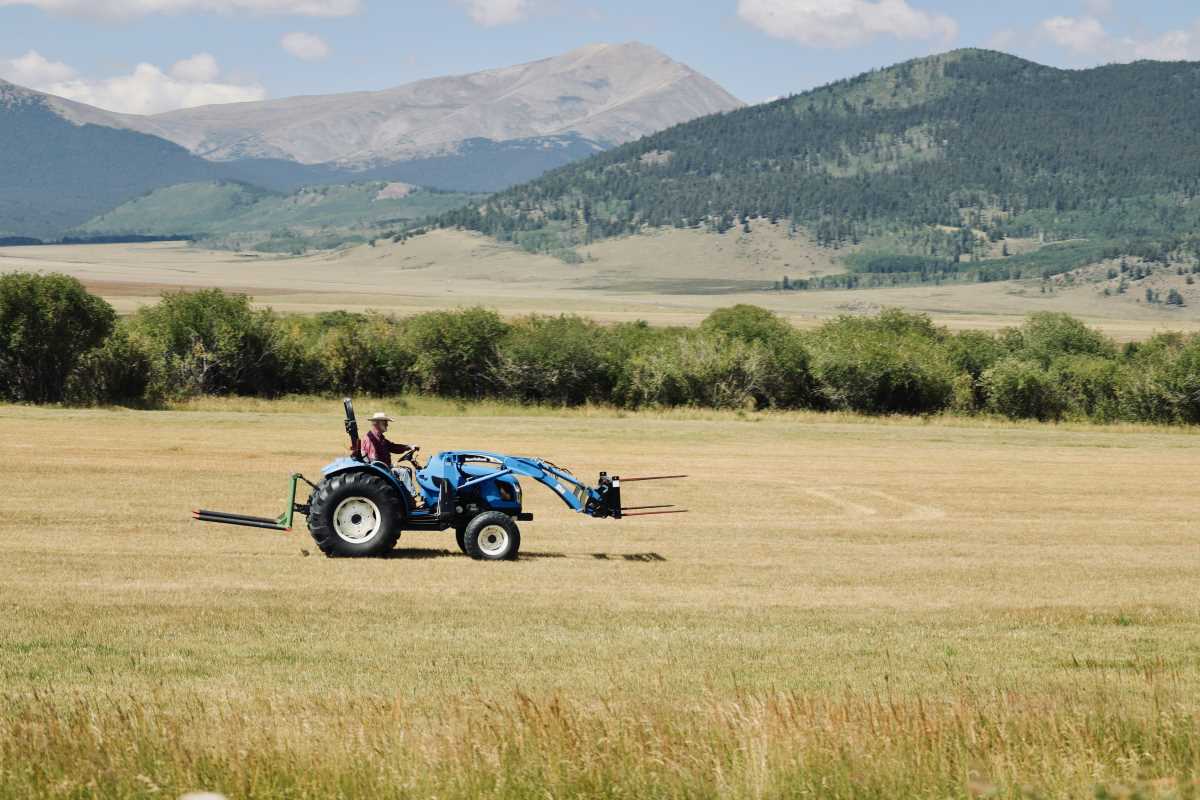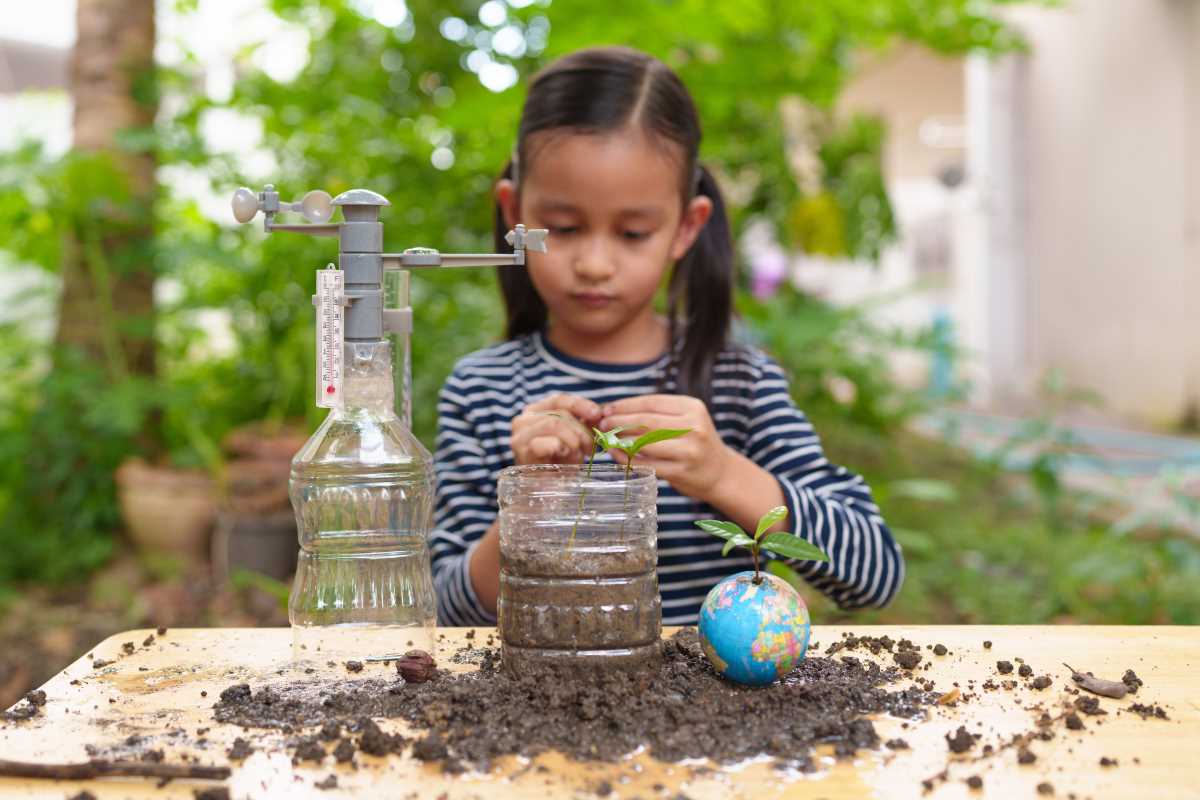Growing up on a farm means children face many unique challenges, from working with animals to navigating heavy equipment and caring for large properties. Learning how to stay safe in these environments shapes their daily experiences and responsibilities. Through hands-on lessons and engaging activities, kids discover important safety practices that help them handle everyday tasks with greater confidence. These experiences build lifelong skills, allowing children to take on chores and farm duties while understanding the importance of looking out for themselves and others. Farm safety training gives young people valuable tools to thrive in the agricultural world and keep themselves protected.
Teaching children about farm hazards and safe practices helps them recognize danger and operate equipment properly. A hands-on approach equips them with the skills to adapt quickly to unexpected situations while enjoying learning new skills. This practical knowledge turns potentially dangerous scenarios into manageable tasks that foster maturity and independence.
Recognizing Common Farm Hazards for Kids
Children on large properties often face a variety of hazards different from urban environments. They need to understand these risks to prevent accidents and injuries. The everyday landscape of farms presents challenges from equipment to unpredictable animal behavior.
Some typical risks include:
- Tractors, harvesters, and other heavy machinery that can cause injuries if not operated correctly.
- Unfenced bodies of water, like ponds or streams, which pose drowning dangers.
- Agricultural tools and equipment that can cause cuts or strains.
- Interacting with large animals such as cows, horses, and pigs that can behave unpredictably.
- Slippery surfaces around barns or outdoor workspaces during wet weather.
Why Active Teaching Methods Achieve Better Results
Active learning methods create a lively environment where children absorb safety lessons through experience and repetition. When children participate in sports or interactive sessions, they enjoy the learning process more and remember information longer. This approach builds trust between the teacher and the students, making the environment safer overall.
Participating in engaging training helps children understand the reasons behind safety rules. They observe firsthand the difference between safe and unsafe behavior. Combining theory with practical demonstrations motivates them to adopt safety practices enthusiastically, stay alert, and ask questions when new challenges come up on their property.
Effective Ways to Teach Farm Safety in Practice
Practical teaching methods provide memorable ways to instill important safety protocols. These methods encourage kids to see hazards as challenges they can overcome, rather than threats. Using real-life scenarios helps them learn through vivid examples that are easier to recall during emergencies.
Some effective approaches include:
- Conduct hands-on demonstrations with equipment. Show children how to start, operate, and properly shut down machinery. This builds their confidence and clarifies operational steps.
- Organize interactive role-playing sessions where children rehearse emergency procedures. Such simulations help them understand the importance of quick responses and clear communication during potential accidents.
- Create scavenger hunts where kids search for safety hazards around the property. Reward them for spotting dangers like unsecured tools, slippery spots, or unsafe animal pens.
- Host regular quizzes and group discussions after each lesson. This reinforces learning by actively involving children in sharing what they have observed and understood.
Tools and Resources to Make Lessons Interactive and Engaging
Modern tools and creative resources make safety lessons engaging and easy to understand. Using visually appealing tools such as videos, infographics, or simple mobiles can attract attention and simplify complex ideas. When children see familiar environments in teaching materials, they connect theory with practical experiences.
Online resources also complement hands-on training well. These tools help teachers and adults adapt lessons to specific hazards on larger properties.
Keeping Safety Talks Going at Home
The learning process does not stop in the classroom or during training sessions. Continuing safety conversations at home reinforces lessons and helps children internalize practices that keep them safe. Regularly reviewing safety tips, discussing recent challenges, and practicing procedures against potential dangers help develop lasting habits.
Involving children in daily safety discussions turns routine checkups into learning opportunities. Parents and experienced farmers share insights about new hazards and explain updates in guidelines to keep everyone informed. Regular talks help remove the mystery from risk management and create an environment where asking questions about safety becomes a normal part of farm life.
This straightforward and practical approach to farm safety education helps children confidently handle the complexities of a working property. The hands-on activities, real-life scenarios, and engaging methods resonate with young learners, enabling them to act decisively when they encounter hazards.
Teaching safety skills helps children develop lasting safe habits. Using creative methods and accessible resources, families can make the farm safer for everyone.
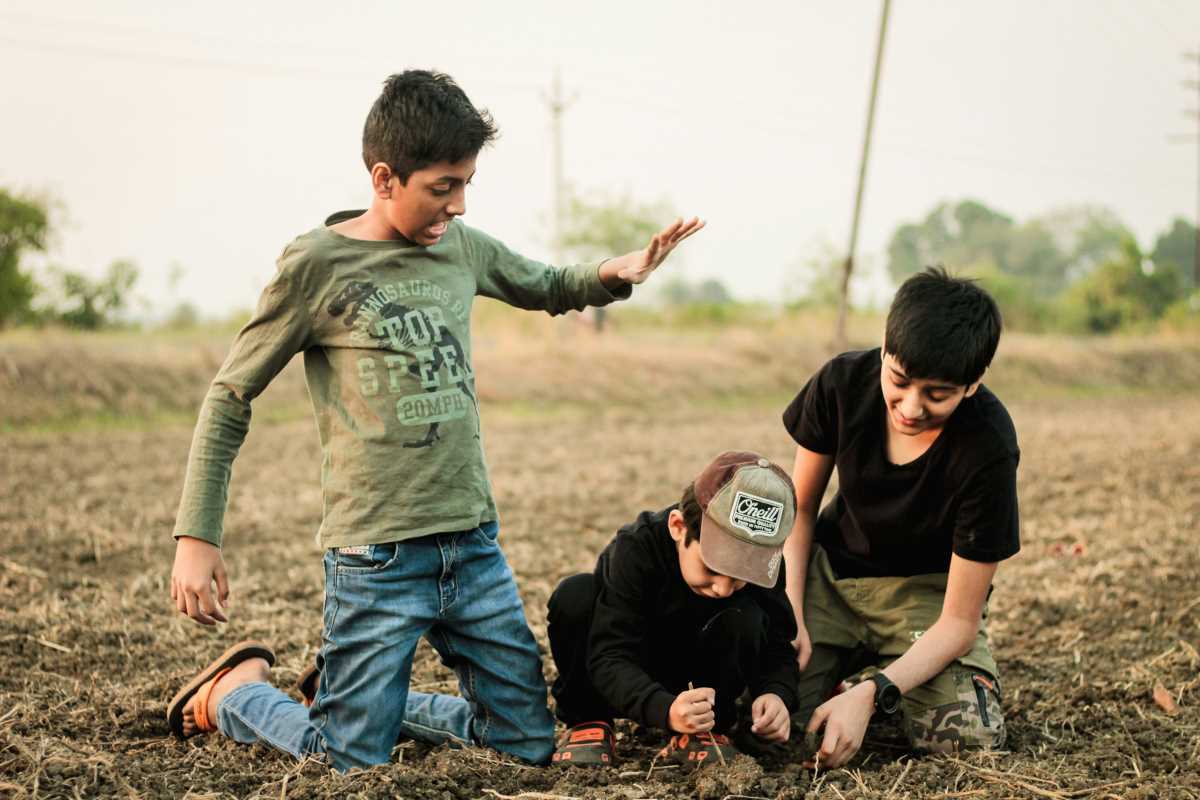 (Image via
(Image via